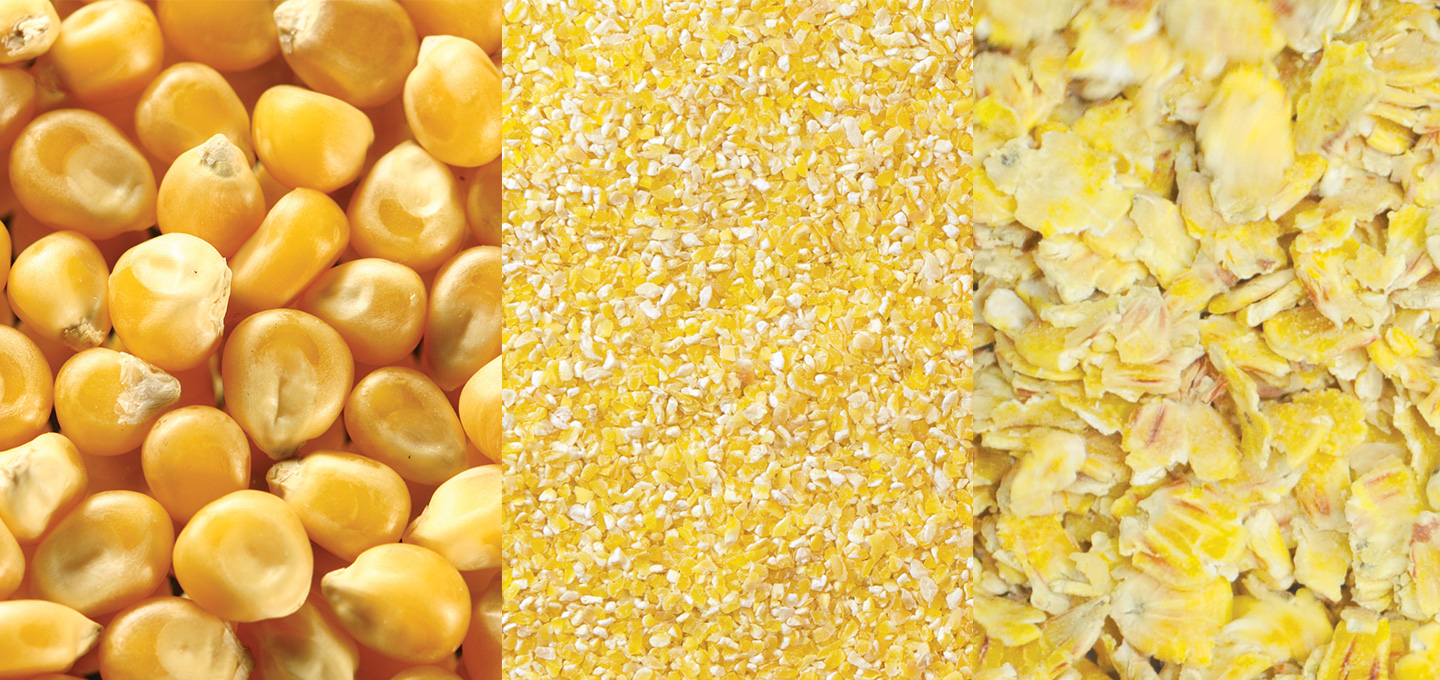Laminitis is a disease of the musculoskeletal system, characterised by severe lameness and a distinctive stance, an increase in temperature in the affected feet, as well as a palpable digital pulse. Frequent in the spring and autumn, it can however be avoided by respecting certain simple rules.
CAUSES OF LAMINITIS
Laminitis is associated with :
- Overweight and metabolic disorders,
- With an excess of fermentable sugars, such as starch and fructans,
- A retained placenta (placenta which remains more than 3h in the mare’s uterus following foaling),
- Too strenuous an effort (for example, endurance competitions).
RECOMMENDATIONS: in case of acute laminitis
During acute laminitis, you must :
- In the majority of cases, not give concentrate feeds to the horse.
- Distribute between 1.5 and 2% of the horses live-weight in a hay that contains less than 10 to 12% dry matter of non structural carbohydrates (NSC : glucose, fructose, fructans, starch…). If required, it is recommended to leave the hay to soak for at least 2 hours before feeding in order to reduce the sugar content.
However, if the horse is not carrying enough condition and hay alone is not sufficient to fulfil energy requirements (a lactating mare for example), a concentrate will be needed in addition to forage.
REVERDY ADVISES
- To prevent laminitis in a horse not predisposed to the condition, we advice to not exceed 100g of starch per 100kg live-weight per meal, in accordance with metabolic and digestive responses.
- In a predisposed horse, we advise to not exceed 30g of starch for each 100kg of live-weight per meal. We also advise limiting turnout to grass, especially in the spring and autumn (during the warmer months prefer nightly and morning turnout), and to monitor your horse’s condition.
If the horse suffers from a metabolic disease, refer to the information sheet “managing a horse with a metabolic disorder”. - During a case of acute laminitis, for those horses unable to fulfil their nutritional requirements uniquely with forage, we advise not exceeding 15g of starch for each 100kg of live-weight until recovery.
The recommended quantities in the table below have been calculated taking into consideration both, the starch provided as well as the size of the stomach (do not exceed 400g/100kg live-weight of feed per meal).
| Maximum quantity per meal based on the weight of the horse | ||||
| Reverdy feed | 400 kg | 500 kg | 600 kg | |
| Preventing laminitis in a predisposed horse | Adult | 0.5 litre (340 g) | 0.7 litre (500 g) | 1 litre (700 g) |
| Adult Specific Energy | 1 litre (700 g) | 1.5 litres (1 kg) | 2 litres (1.4 kg) | |
| Breeding | 0.5 litre (340 g) | 0.7 litre (500 g) | 1 litre (700 g) | |
| Managing a case of acute laminitis | Adult | 0.4 litre (280 g) | 0.5 litre (350 g) | 0.6 litre (420 g) |
| Adult Specific Energy | 0.8 litre (560 g) | 1 litre (700 g) | 1.2 litres (840 g) | |
| Breeding | 0.4 litre (280 g) | 0.5 litre (350 g) | 0.6 litre (420 g) | |
"BUT ALSO... "
- Do not hesitate to analyse hay being fed to horses, in order to be able to estimate its quality and the sugar content (see Reverdy hay analysis),
- Feed hay using a net to slow the speed at which it is ingested,
- Support the intestinal microbiota with appropriate supplements (FLORA),
- Give a supplement high in biotin and other elements necessary to support hoof health (BIOTINE),
- Strengthen the supply of antioxidants (vitamin E and selenium), up to 3g of vitamin E per day in the event of an acute attack (NATURAL E, E SELENIUM).
- Distribute a food source rich in omega 3 fatty acids (for example flaxseed).
TO LEARN MORE
Geor, R., Harris, P. & Coenen, M. Equine applied and clinical nutrition: health, welfare and performance. (Saunders, 2013).
Belknap, J. & Geor, R. Equine laminitis. (John Wiley & Sons, Inc., 2017).
Courtois, P. La fourbure chez le cheval d’endurance, enquête épidémiologique sur les saisons 2004 à 2007. (Ecole Nationale Vétérinaire Alfort, 2007).
Florie, J. Les fructanes dans l’alimentation du cheval et leurs implications dans la fourbure. (Ecole Nationale Vétérinaire Toulouse, 2012).




